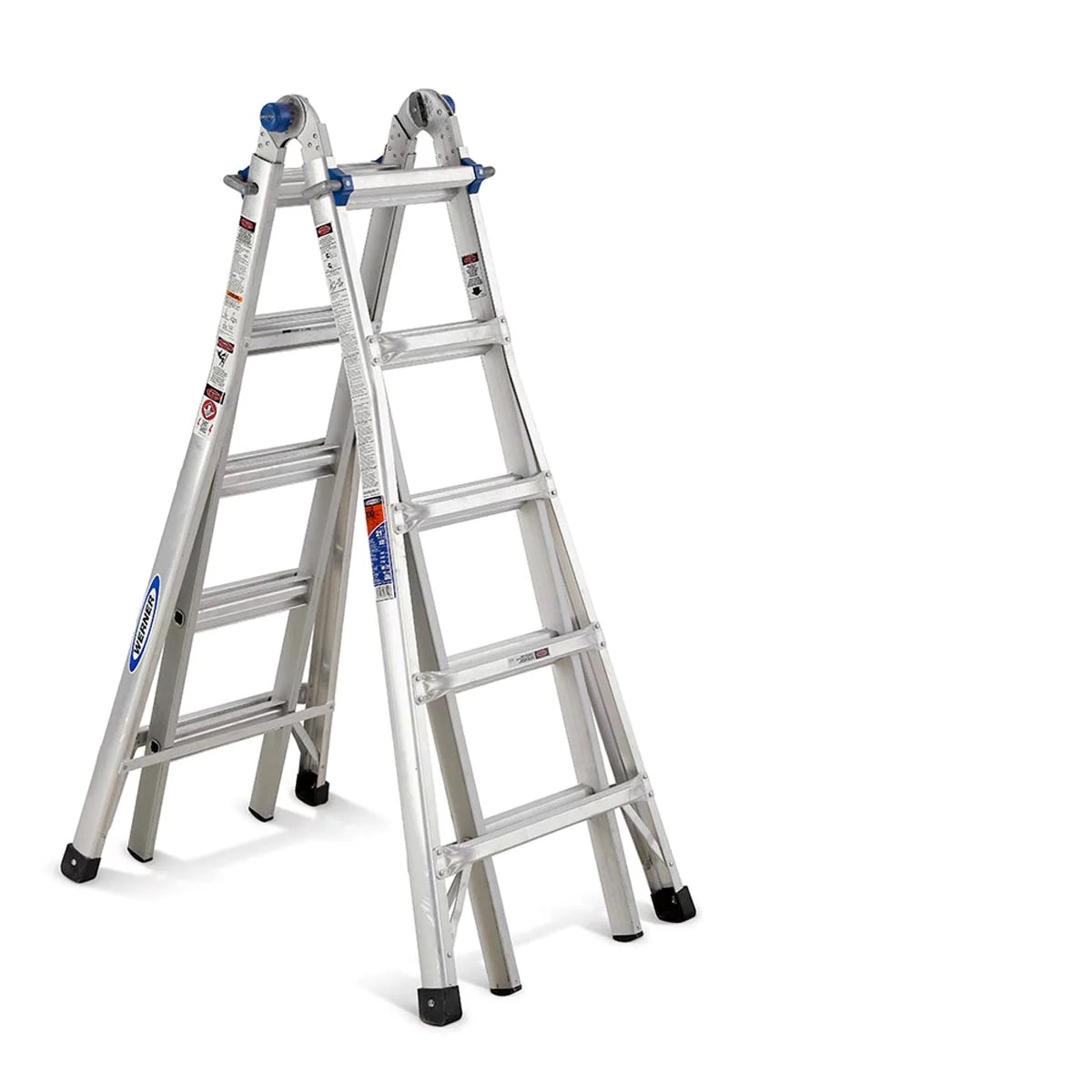

Articles
What Is An Articulated Ladder
Modified: February 22, 2024
Discover the many uses and benefits of articulated ladders with our informative articles. Explore the features and find the perfect ladder for your needs.
(Many of the links in this article redirect to a specific reviewed product. Your purchase of these products through affiliate links helps to generate commission for Storables.com, at no extra cost. Learn more)
Introduction
When it comes to reaching heights for various tasks, having a reliable and versatile ladder is crucial. One type of ladder that has gained popularity for its flexibility and functionality is the articulated ladder. With its unique design and adjustable features, an articulated ladder offers users the ability to tackle a wide range of tasks with ease and safety.
In this article, we will explore what an articulated ladder is, its components, different types available in the market, the advantages of using one, safety measures to consider while using it, and maintenance tips to ensure its longevity. So, whether you are a DIY enthusiast or a professional tradesperson, understanding the ins and outs of articulated ladders can help you make an informed decision for your ladder needs.
Key Takeaways:
- Articulated ladders offer unparalleled versatility, transforming into extension, step, stairwell, or scaffold configurations. Their lightweight design, adjustable height settings, and safety features make them a practical and efficient choice for various tasks.
- Prioritizing safety and maintenance is crucial when using articulated ladders. Adhering to safety measures, regular inspection, proper storage, and following manufacturer guidelines can ensure longevity and safe operation, providing a reliable and efficient ladder solution.
Definition of an Articulated Ladder
An articulated ladder, also known as a multi-position ladder or a combination ladder, is a versatile type of ladder that is designed to be adjustable and provide multiple configurations for various tasks. Unlike traditional ladders that are fixed in one position, articulated ladders feature hinges or joints that allow the ladder to be bent, folded, or extended, offering greater flexibility and adaptability.
The main distinguishing feature of an articulated ladder is its ability to transform into different ladder configurations such as an extension ladder, step ladder, stairwell ladder, or even a scaffold. This versatility makes it a valuable tool for a wide range of applications, from simple household chores to more complex construction projects.
Most articulated ladders are made from lightweight and durable materials such as aluminum, making them easy to transport and maneuver. They often come with adjustable height settings, allowing users to easily customize the ladder’s length to suit their specific needs. Additionally, articulated ladders feature non-slip rungs and sturdy locking mechanisms to ensure user safety during operation.
Overall, an articulated ladder is a practical and efficient solution for anyone in need of a flexible ladder that can adapt to different working conditions and heights. Whether you are a professional contractor, a handy homeowner, or a maintenance worker, having an articulated ladder in your arsenal can significantly improve your productivity and safety on the job.
Components of an Articulated Ladder
To better understand how an articulated ladder works, it’s important to familiarize yourself with its various components. While the specific design and features may vary depending on the brand and model, most articulated ladders share common components that contribute to their versatility and functionality. Here are the main components of an articulated ladder:
- Hinges or Joints: The hinges or joints are the key feature of an articulated ladder that allows it to be adjusted into different configurations. These hinges are strategically placed along the ladder’s frame and enable it to bend and fold, transforming it into various ladder shapes and lengths.
- Locking Mechanism: To ensure the ladder remains stable and secure in each configuration, articulated ladders are equipped with a reliable locking mechanism. This mechanism typically involves metal braces or locks that engage when the ladder is extended or folded, providing stability and preventing accidental collapse.
- Adjustable Height Settings: Many articulated ladders come with adjustable height settings, allowing users to customize the ladder’s length to suit their needs. This feature is particularly useful when working on uneven surfaces or different heights, as it ensures a safe and stable platform for various tasks.
- Non-Slip Rungs: The ladder rungs, or steps, are another crucial component of an articulated ladder. These rungs are designed to provide a secure foothold for users, even in wet or slippery conditions. Many articulated ladders feature ribbed or textured rungs to enhance grip and reduce the risk of accidents.
- Stabilizer Legs: Some articulated ladders are equipped with stabilizer legs, also known as outriggers or feet. These legs extend outward from the ladder’s frame and provide additional stability and weight distribution, especially when using the ladder in its extended height configurations.
Each of these components plays a vital role in the functionality and safety of an articulated ladder. Understanding how these parts work together can help users maximize the ladder’s versatility and ensure safe and efficient operation in various work scenarios.
Different Types of Articulated Ladders
Articulated ladders come in several different types, each with its own unique features and configurations to suit various tasks and working conditions. Here are the most common types of articulated ladders available in the market:
- Extension Ladder: An extension ladder is a type of articulated ladder that can be extended to reach greater heights. It typically consists of two or more ladder sections that slide or telescope into one another. Extension ladders are ideal for tasks that require reaching high areas such as painting, cleaning gutters, or accessing rooftops.
- Step Ladder: A step ladder is a self-supporting ladder with two sets of rungs, allowing users to climb on either side. One of the key features of a step ladder is that it can be folded in an “A” shape for easy storage and transportation. Step ladders are commonly used for tasks that involve shorter heights and provide a stable platform for working.
- Combination Ladder: Also known as a multi-purpose ladder, a combination ladder combines the features of both extension and step ladders. It can be adjusted to various configurations, including extension ladder, step ladder, or a scaffold. Combination ladders offer great versatility and are suitable for a wide range of tasks, making them a popular choice among professionals and homeowners.
- Stairwell Ladder: A stairwell ladder, as the name suggests, is designed specifically for navigating staircases. It features a telescopic design that allows the ladder to be adjusted to the height and angle of the stairs, providing a safe and stable way to work on elevated stairwells.
- Scaffold Ladder: A scaffold ladder is a specialized type of articulated ladder that can be converted into a scaffold or work platform. It typically consists of two ladder sections with a platform attachment. Scaffold ladders are ideal for tasks that require a larger working surface or extended periods of work at a fixed height.
These are just a few examples of the different types of articulated ladders available. It’s important to consider the specific requirements of your tasks and working environment to determine the most suitable type of ladder for your needs. Additionally, always ensure that the ladder you choose complies with safety standards and regulations to prioritize your well-being during operation.
When using an articulated ladder, always make sure it is fully extended and locked into place before climbing. This will ensure stability and safety while using the ladder.
Advantages of Using an Articulated Ladder
Articulated ladders offer numerous advantages that make them a popular choice among professionals and homeowners alike. Here are some of the key benefits of using an articulated ladder:
- Versatility: One of the biggest advantages of an articulated ladder is its versatility. With its adjustable and transformable design, an articulated ladder can be easily converted into different configurations, such as an extension ladder, step ladder, stairwell ladder, or scaffold. This versatility allows users to tackle a wide range of tasks with just one ladder, eliminating the need for multiple ladder types and saving both time and money.
- Flexibility: Articulated ladders offer flexibility in terms of height adjustment. Most models come with adjustable height settings, allowing users to customize the ladder’s length to suit their specific needs. This flexibility is particularly useful when working on uneven surfaces or different heights, as it provides a safe and stable platform for various tasks.
- Easy Transportation and Storage: Most articulated ladders are made from lightweight materials such as aluminum, making them easy to transport from one location to another. Additionally, their folding or telescoping design allows them to be compactly stored in tight spaces, such as closets or car trunks, saving valuable storage space.
- Time and Cost Savings: By investing in an articulated ladder, users can save both time and money. With the ability to adapt to different configurations, there’s no need to waste time searching for the right ladder for each task. Additionally, the versatility of an articulated ladder eliminates the need to purchase multiple ladder types, resulting in cost savings in the long run.
- Improved Safety: Safety is a top priority when working at heights, and articulated ladders are designed with safety features in mind. They often feature non-slip rungs, sturdy locks, and stabilizer legs to ensure a secure and stable working platform. The ability to adjust the ladder to the desired height also reduces the risk of overreaching or using unstable support, further enhancing user safety.
- Time-Efficient Setup: Traditional ladders, such as extension ladders, can be time-consuming to set up. Articulated ladders, on the other hand, can be easily adjusted and transformed into the desired configuration, allowing for quick and hassle-free setup. This time-efficiency is particularly beneficial for professionals who need to maximize productivity on the job.
Overall, the advantages of using an articulated ladder make it a practical and efficient tool for various tasks. Whether you’re a professional contractor, a maintenance worker, or a homeowner working on DIY projects, an articulated ladder can significantly improve your productivity, safety, and convenience.
Read more: How To Properly Move An Articulated Ladder
Safety Measures to Consider while Using an Articulated Ladder
While articulated ladders offer versatility and convenience, it is essential to prioritize safety during their use. Here are some important safety measures to consider when using an articulated ladder:
- Inspect the ladder: Before using the ladder, inspect it carefully for any signs of damage or wear. Check for loose or damaged hinges, cracks, or bent rungs. Do not use a ladder that is in poor condition as it can compromise your safety.
- Choose a stable surface: Place the ladder on a firm, level surface that can support its weight and your weight. Avoid using it on unstable or slippery surfaces like ice, mud, or loose gravel. If necessary, use stabilizer legs or foot pads to enhance stability.
- Properly secure the ladder: Ensure that the ladder is securely locked in its specific configuration before stepping on it. The locking mechanisms or braces should be engaged to prevent accidental collapsing during use.
- Follow weight capacity guidelines: Each articulated ladder has a specified weight capacity. Make sure to adhere to this weight limit and avoid overloading the ladder. Distribute your weight evenly and avoid carrying heavy tools or equipment while climbing.
- Maintain three points of contact: Always maintain three points of contact with the ladder, whether it’s your two feet and one hand, or your two hands and one foot. This helps to ensure stability and balance while climbing the ladder.
- Avoid overreaching: To prevent falls and accidents, never overreach while standing on the ladder. Instead, reposition the ladder as needed to maintain a safe and comfortable working position.
- Use proper climbing techniques: When ascending or descending the ladder, face the ladder and grip the rungs firmly. Use the ladder’s handrails or side rails for added stability and support. Never climb with your back facing the ladder.
- Be mindful of overhead obstacles: Take note of any overhead obstacles, such as power lines or tree branches, that may come into contact with the ladder. Ensure a safe clearance distance to avoid potential electrical hazards or falling objects.
- Monitor weather conditions: Avoid using an articulated ladder during inclement weather conditions, such as high winds or heavy rain. Slippery rungs or unstable ladder positions can lead to accidents. Wait for favorable weather conditions before using the ladder.
- Consider using personal protective equipment (PPE): Depending on the nature of your task, it may be necessary to wear appropriate PPE, such as a helmet, safety harness, or non-slip shoes, for added protection and stability.
Remember, safety should always be the top priority when using an articulated ladder. By following these safety measures and using the ladder responsibly, you can minimize the risk of accidents and ensure a safer working environment.
Maintenance and Care Tips for Articulated Ladders
Proper maintenance and care of your articulated ladder are essential to ensure its longevity and safe operation. Here are some maintenance tips and care guidelines to keep in mind:
- Clean the ladder regularly: After each use, take the time to clean your ladder thoroughly. Remove any dirt, debris, or substances that may have accumulated on the rungs or hinges. This will help prevent corrosion and maintain the ladder’s functionality.
- Inspect for damage: Regularly inspect your ladder for any signs of damage, including cracks, bent rungs, or loose hinges. Address any issues immediately, and if necessary, have the ladder repaired or replaced to prevent accidents.
- Lubricate moving parts: Apply a silicone-based lubricant to the moving parts of the ladder, such as the hinges or locking mechanisms. Regular lubrication will help ensure smooth operation and prevent rust or corrosion.
- Store properly: When not in use, store the ladder in a clean and dry area away from extreme temperatures or direct sunlight. Proper storage will help prevent damage and deterioration.
- Avoid improper use: Do not use the ladder in ways it was not designed for, such as using it as a bridge or as a substitute for scaffolding. Always follow the ladder’s instructions and guidelines for safe use.
- Protect from harsh chemicals: If you plan to use the ladder in environments where it may come into contact with harsh chemicals, be sure to protect the ladder’s surfaces and components. Chemicals can cause corrosion or damage to the ladder’s materials.
- Keep labels intact: Do not remove or tamper with the safety labels or warning stickers affixed to the ladder. These labels provide important information on weight capacity, proper use, and other safety precautions.
- Seek professional assistance: If you notice any major damage or if you are unsure about the ladder’s condition, consult a professional or the manufacturer for assistance. They can provide guidance on repairs or replacements, ensuring the ladder remains safe and reliable.
- Follow manufacturer guidelines: Always refer to the manufacturer’s instructions and guidelines for specific maintenance and care instructions for your particular model of articulated ladder. They may have specific recommendations to ensure the ladder’s optimal performance.
By following these maintenance and care tips, you can extend the lifespan of your articulated ladder and help ensure it remains in good working condition for years to come. Regular upkeep and attention to safety will ultimately contribute to a safer and more efficient work environment.
Conclusion
Articulated ladders are an excellent choice for those looking for a versatile and functional ladder that can adapt to various tasks and working conditions. With their adjustable configurations, lightweight design, and sturdy construction, articulated ladders offer numerous advantages to both professionals and homeowners.
From extension ladders for reaching high areas, step ladders for everyday tasks, stairwell ladders for navigating stairs, to scaffold ladders for larger projects, the different types of articulated ladders cater to a wide range of needs. Their ease of transportation, time-efficient setup, and cost savings further make them an appealing choice for anyone in need of a ladder solution.
However, it is crucial to prioritize safety when using an articulated ladder. Adhering to safety measures such as proper inspection, stable positioning, weight capacity adherence, and maintenance can significantly reduce the risk of accidents and injuries. Regular care and maintenance, including cleaning, lubricating, and proper storage, will ensure the ladder remains in good condition and operates smoothly for an extended period.
Whether you are a professional tradesperson or a DIY enthusiast, investing in an articulated ladder can greatly enhance your productivity, convenience, and safety while working at heights. By understanding the various components, types, advantages, safety measures, and maintenance tips associated with articulated ladders, you can make an informed decision and choose the right ladder for your specific needs.
Remember, choosing the right ladder and using it safely is essential. Always prioritize your well-being by following recommended guidelines, seeking professional advice when needed, and exercising caution during ladder use. By doing so, you can complete your tasks with confidence and efficiency, knowing that you have made a wise investment in your ladder equipment.
Frequently Asked Questions about What Is An Articulated Ladder
Was this page helpful?
At Storables.com, we guarantee accurate and reliable information. Our content, validated by Expert Board Contributors, is crafted following stringent Editorial Policies. We're committed to providing you with well-researched, expert-backed insights for all your informational needs.
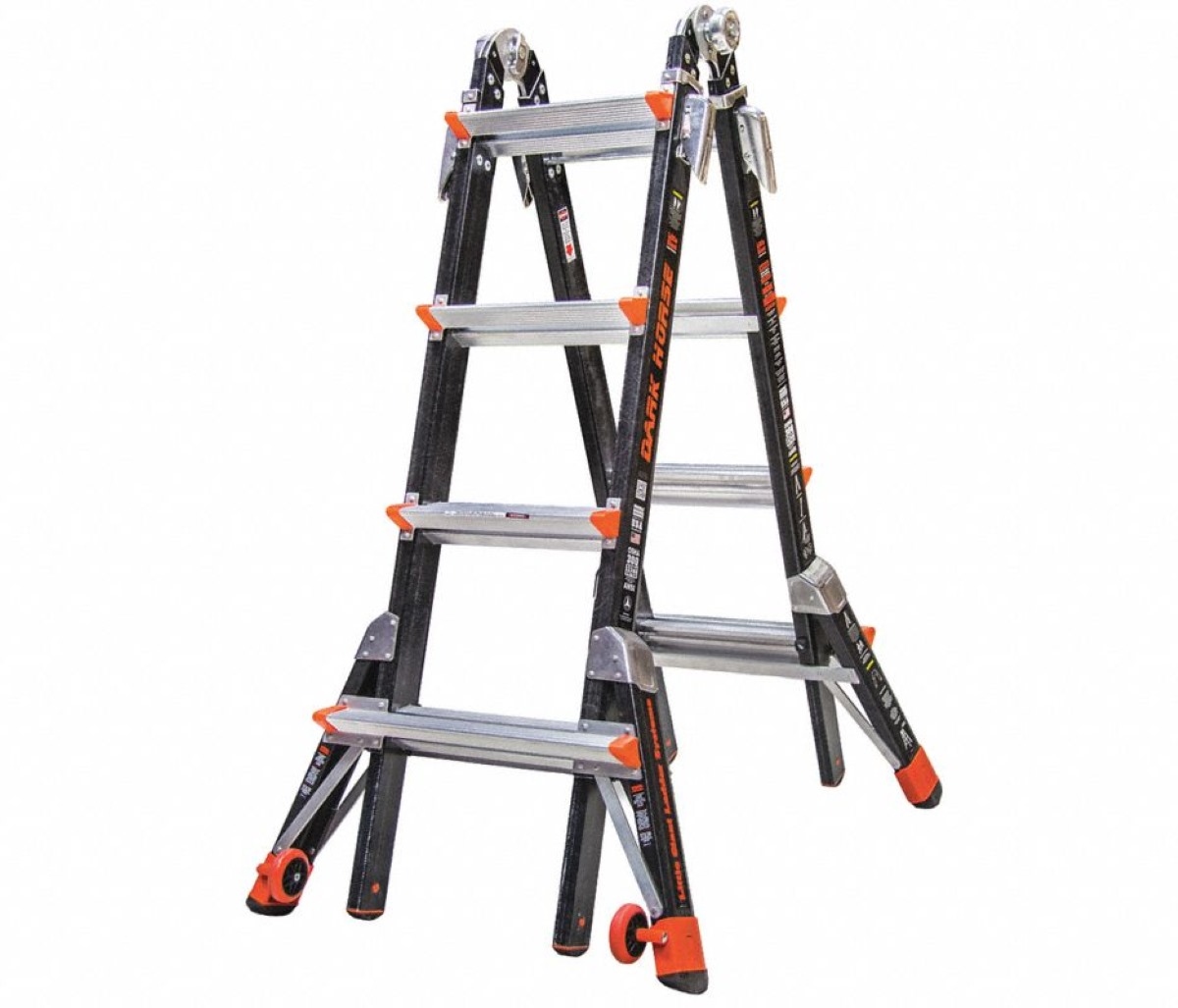
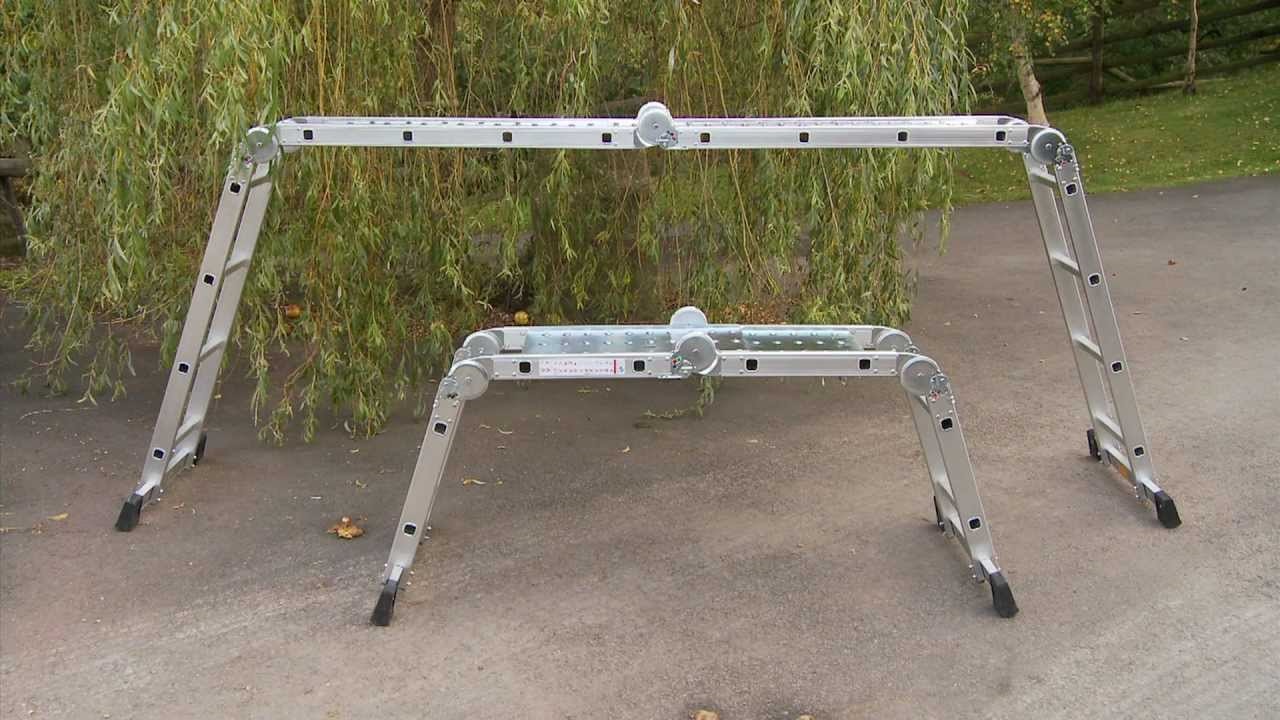


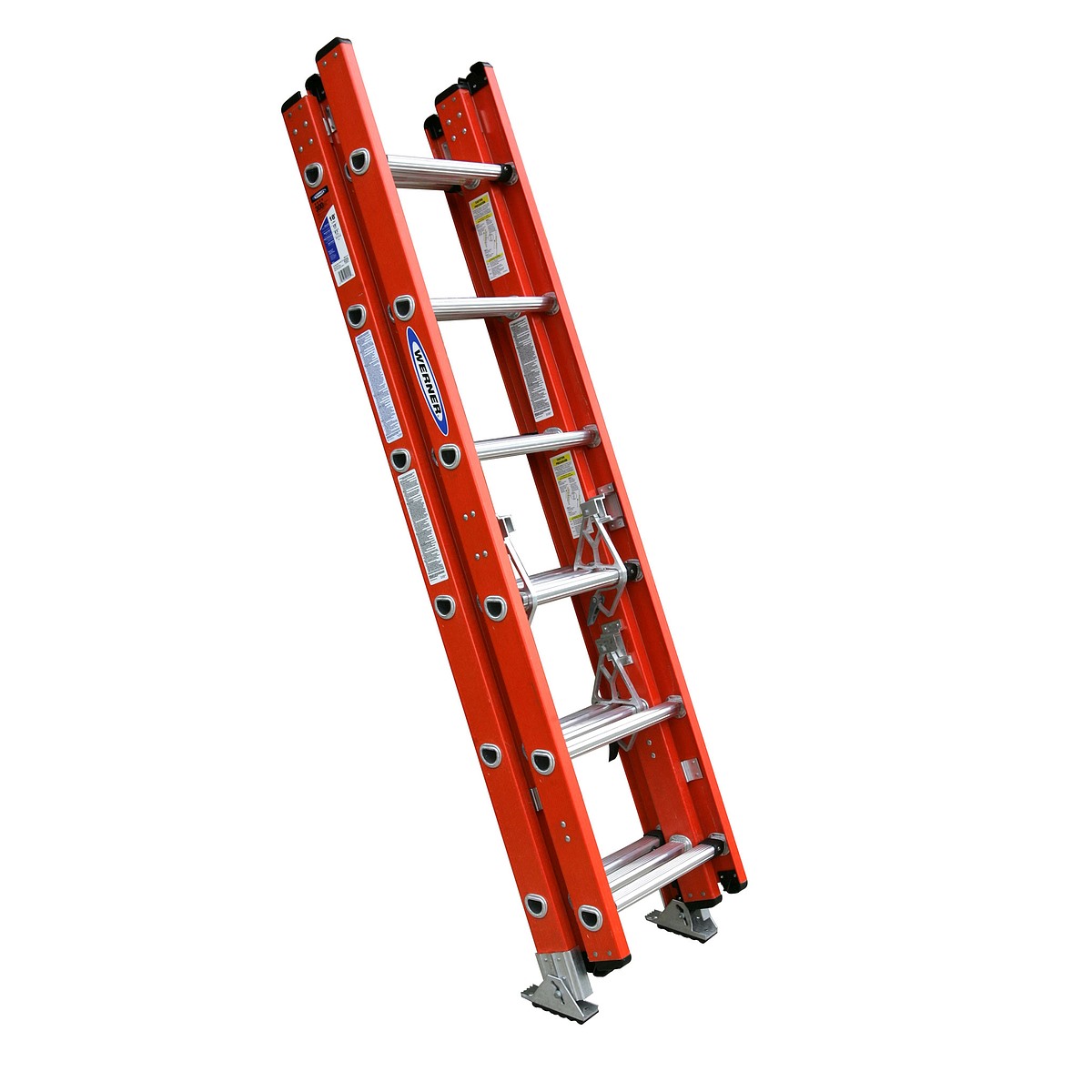
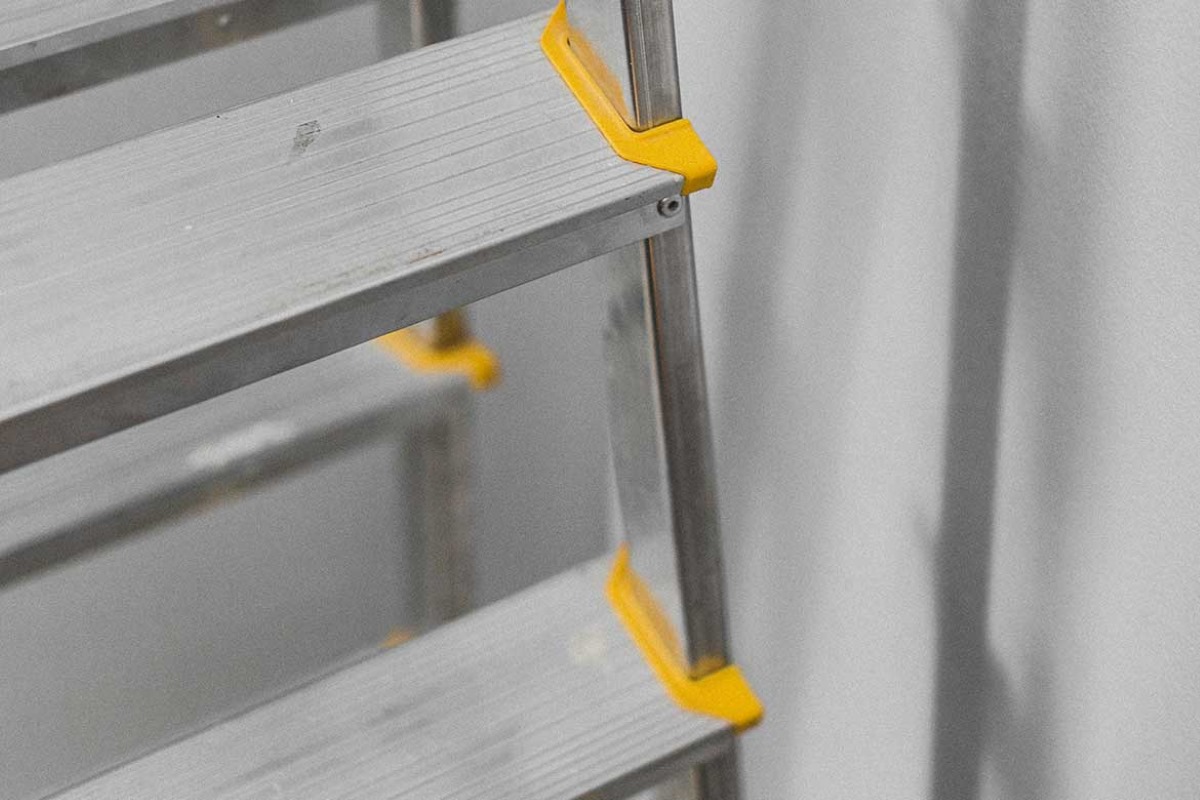
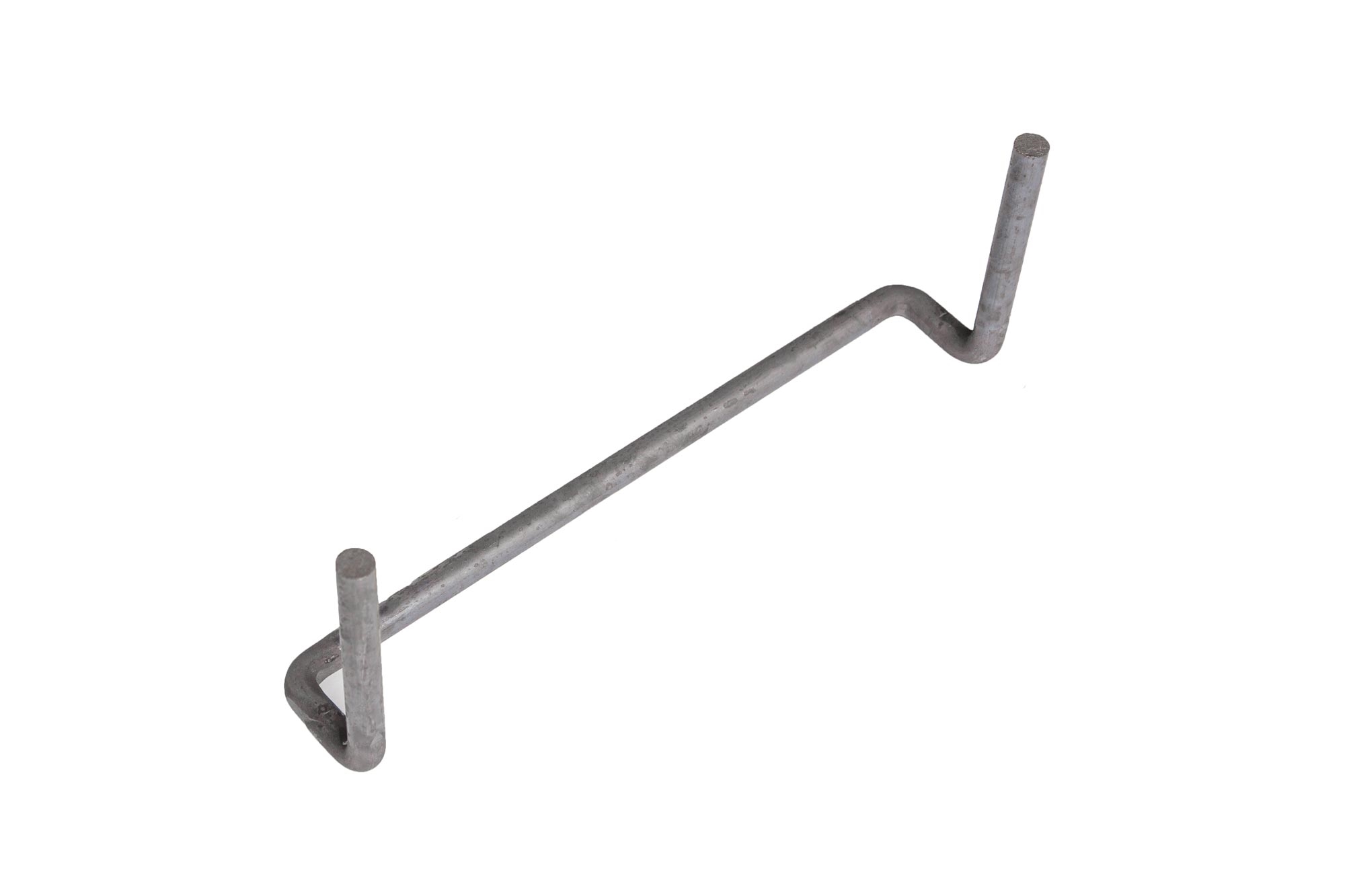
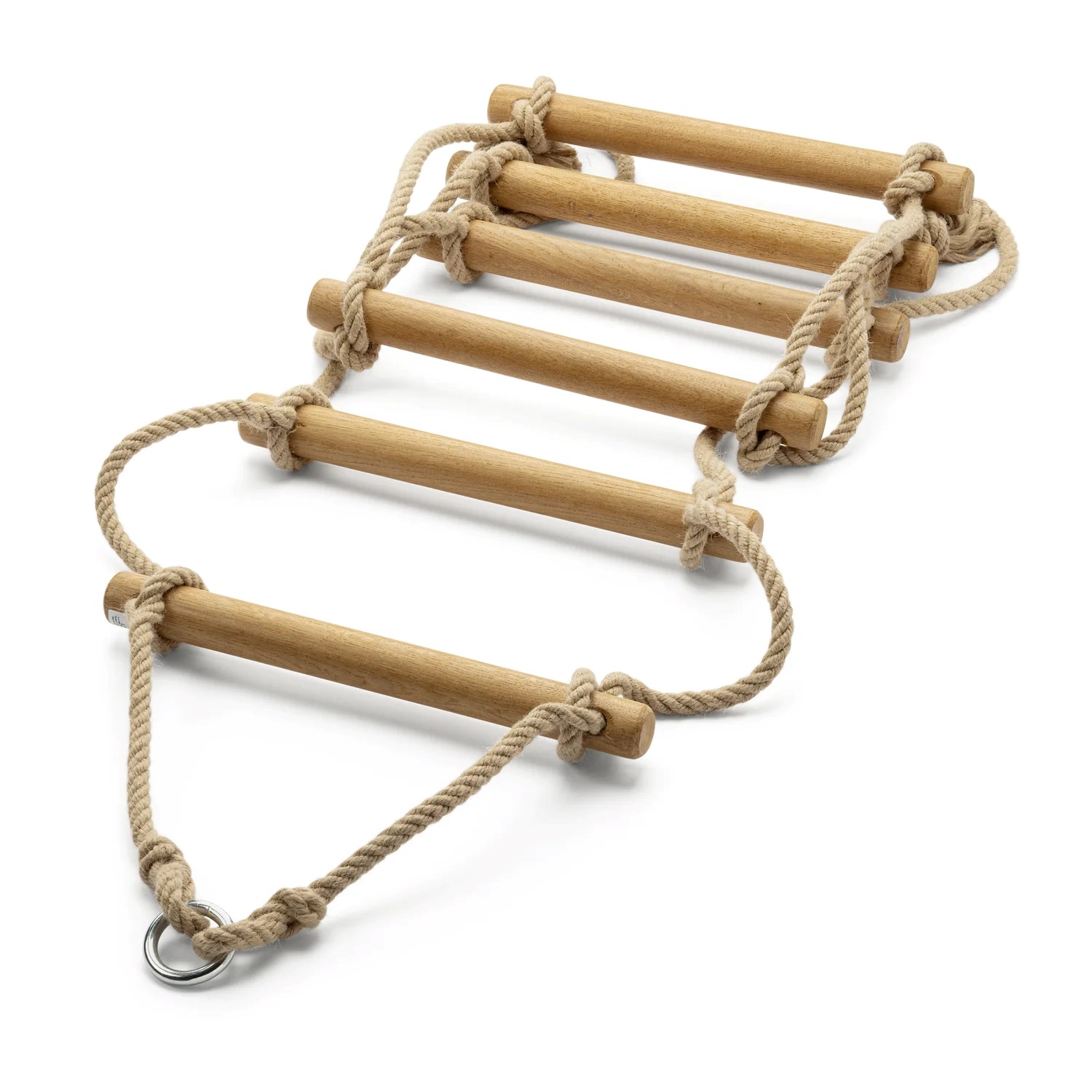
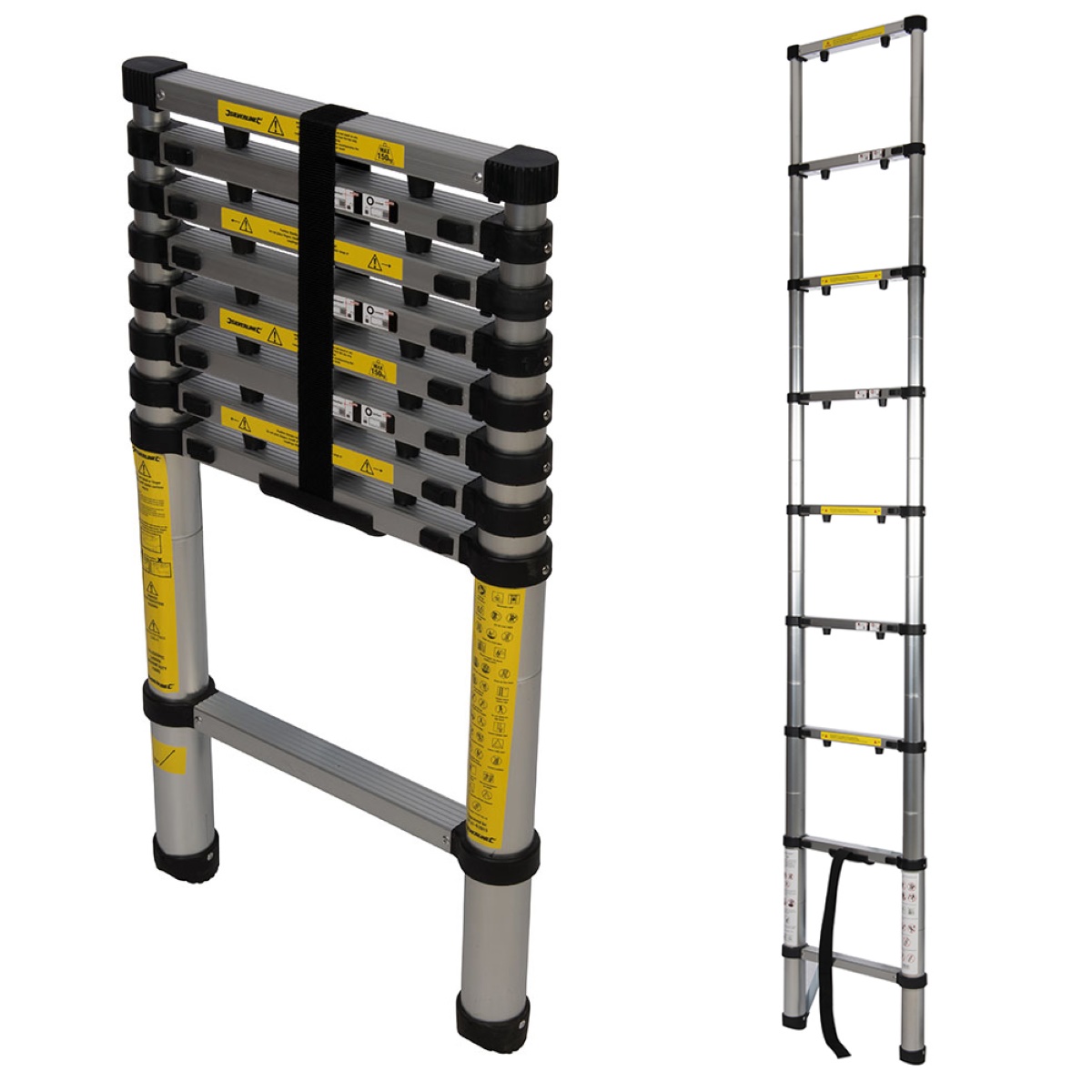
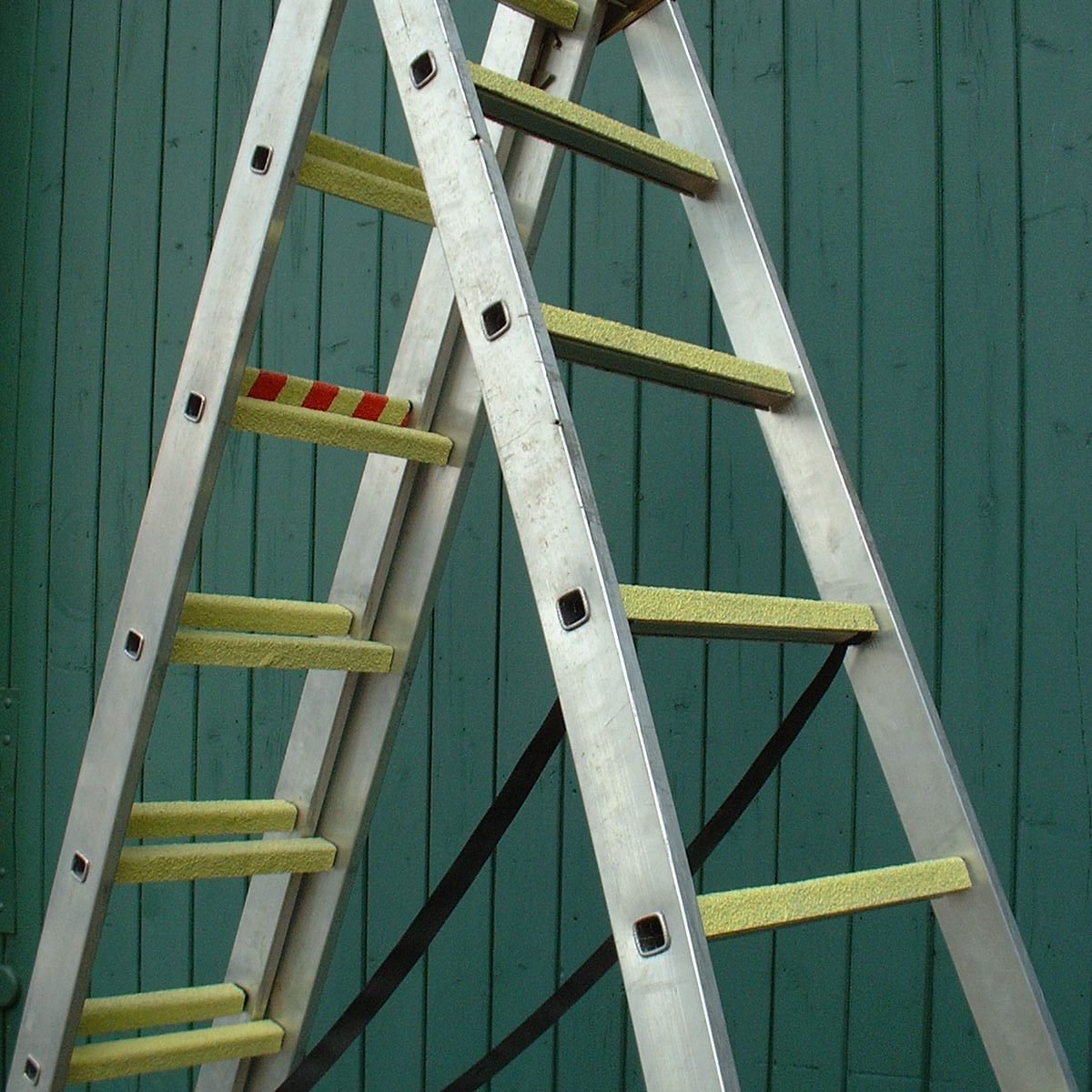
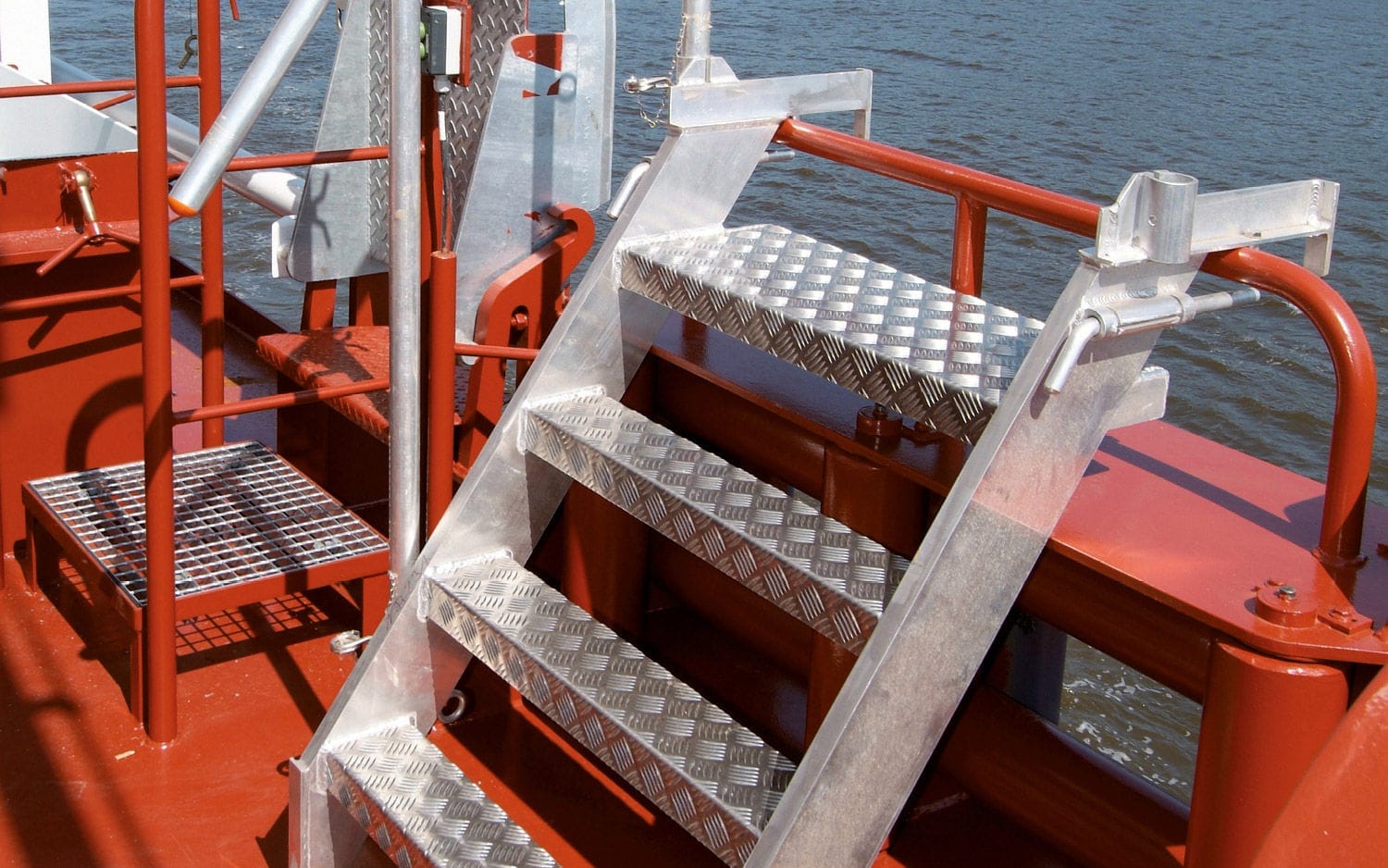
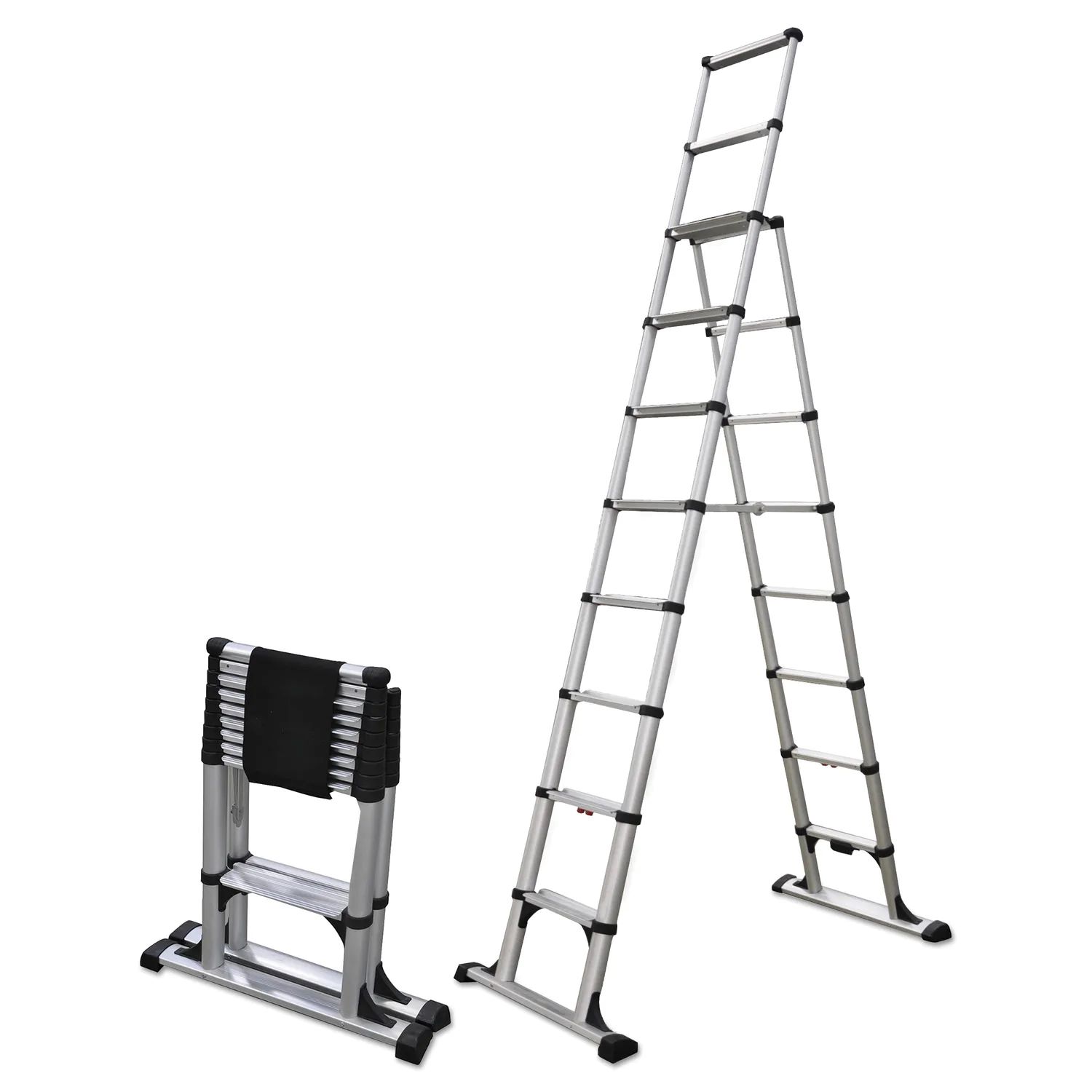

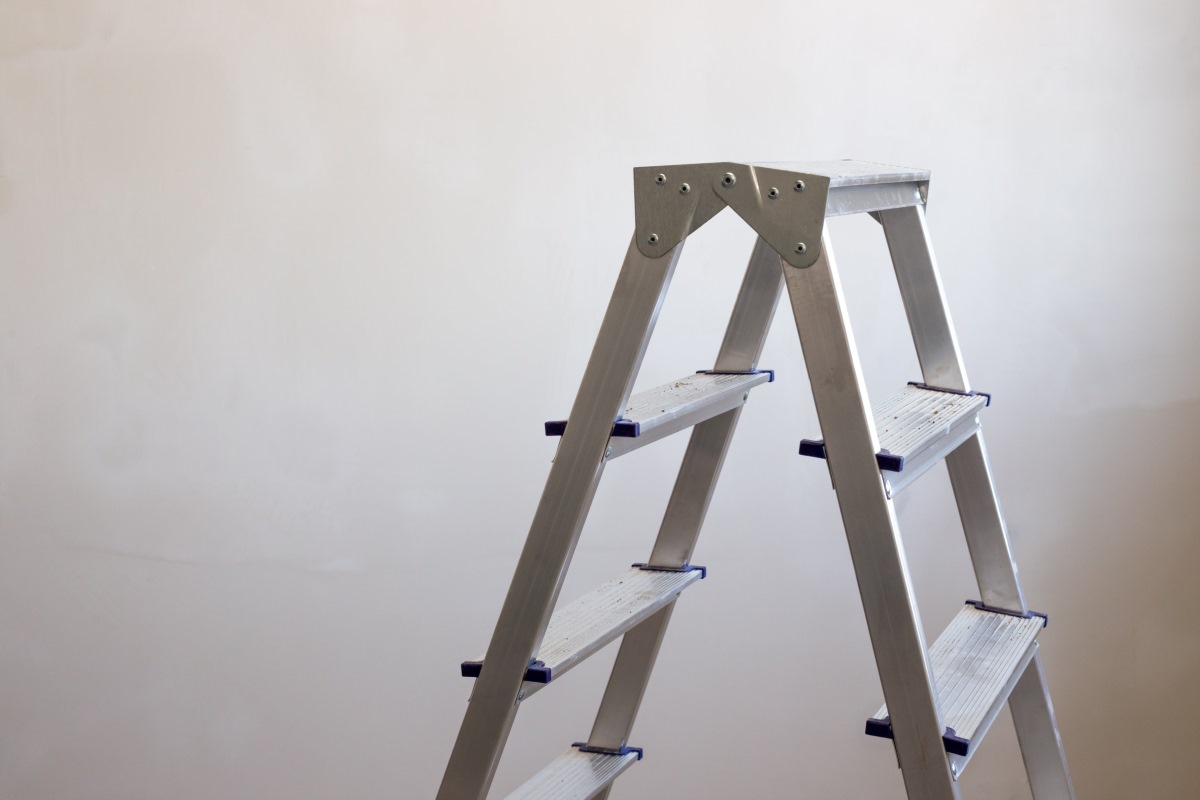

0 thoughts on “What Is An Articulated Ladder”